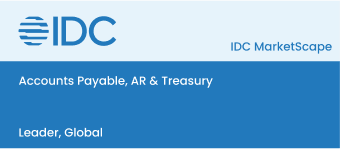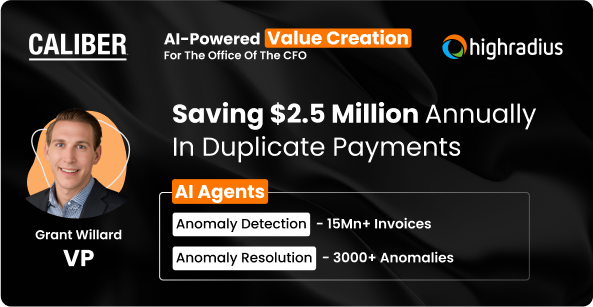
Empower your accounts payable operations with out-of-the-box ERP integrations that plug directly into HighRadius AP Automation—no heavy custom work required.
Just complete the form below





An actionable guide to enhancing your ERP system for streamlined AP workflows, better visibility, and faster invoice processing.
Download Buyer GuideLearn how finance teams are using AI to catch omissions and anomalies early, before they disrupt the close.
Download GuideConnect SAP, Oracle, NetSuite, and more fast. With pre—built integration templates, discover how to migrate AP data efficiently and go live quickly.
Download GuideFrom Manual To Autonomous- Real Bottom-Line Impact In 6 Months
With HighRadius' Agentic AI-powered AP automation platform, invoice processing costs can be cut by 50%, productivity boosted by 40%, and compliance ensured.
Book a Discovery Call
An ERP (Enterprise Resource Planning) system in accounts payable serves as a centralized platform that manages and automates the entire AP process. It handles tasks such as invoice receipt, approval workflows, payment processing, and financial reporting.
By integrating AP functions into the ERP, businesses can ensure data consistency, reduce manual errors, and gain real-time insights into their financial obligations. This integration enhances efficiency, compliance, and decision-making capabilities within the organization.
The three common types of ERP systems are:
Each type offers distinct advantages, and the choice depends on an organization’s specific needs, resources, and strategic goals.
Yes, SAP is a leading provider of ERP (Enterprise Resource Planning) software solutions. SAP’s ERP systems integrate various business processes, including finance, procurement, human resources, and supply chain management, into a unified platform.
Widely adopted across industries, SAP ERP helps organizations streamline operations, enhance data accuracy, and improve overall efficiency.
Implementing an ERP accounts payable system can present several challenges: